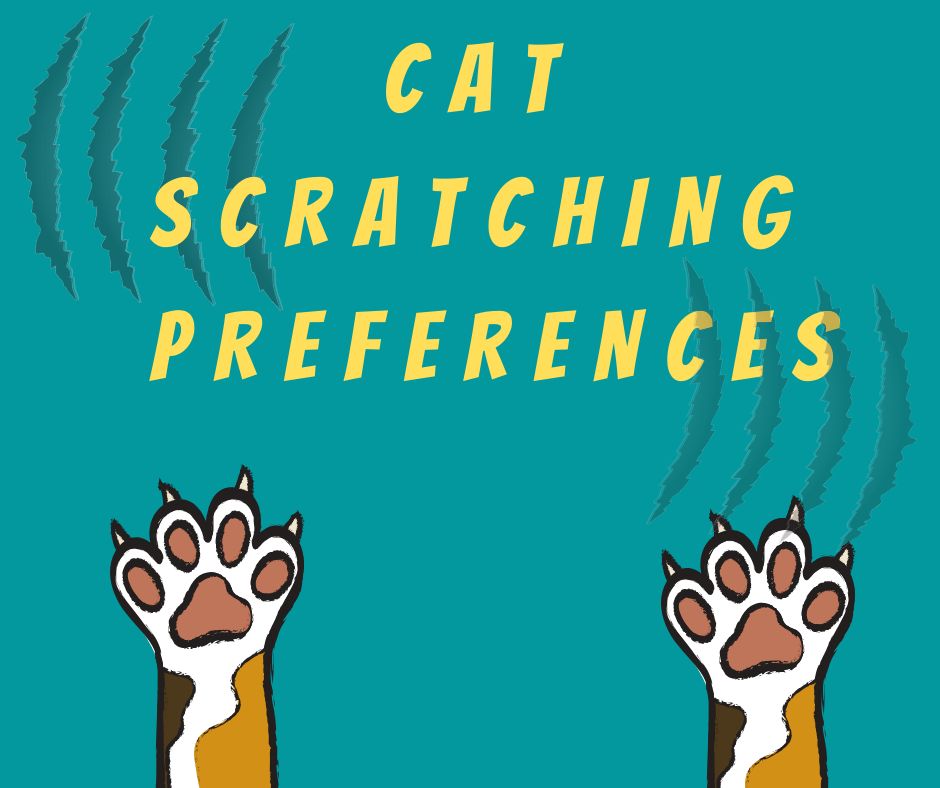Cats are strong-willed creatures and particularly finicky about a lot of things. If you are a cat guardian, you have undoubtedly asked yourself this question before: why won’t my cat stop scratching my furniture? Maybe you already have a scratching pad or even a kitty tower somewhere in your home, and perhaps your cat even uses it, but how can you get her to just stop using other surfaces she isn’t supposed to?
Our feline friends scratch for three very basic reasons: the need to remove the outer sheath from the nails and sharpen them, the desire to stretch their bodies while relieving stress and expending extra energy, and the instinct to mark their territory with the scent glands located on their paws. Because cats have this instinctive need, they will use anything nearby to satisfy it — your antique chair, curtains, carpet, you name it — until they are trained to utilize the right surfaces.
The word “training” is rarely associated with our dear cats, but it really should be. They are routine-bound animals, consequently making great training candidates — but training cats is incredibly different from training dogs. While dogs have the urge to please humans, cats need to see a compelling reason to perform any kind of behavior other than the one they are conditioned to, so you must find a motivating trigger that gets them to act.
The first step to training Fluffy to scratch the right things is to discover why she is showing certain surfaces extra love and ignoring others, which is simply done by observing where she is scratching. Have you noticed her going for your rugs or carpet? If that’s the case, provide her a horizontal scratcher — one that won’t easily move as she tries to scratch it. Is she loving on your curtains or the back of your sofa instead? Then what you need is a vertical scratcher — long enough to allow a good body stretch and sturdy enough that it won’t wobble or fall on her head.
The material used is also something you need to consider before making a purchase. Nowadays, there are so many options to try until you find the ideal one. The most common are cardboard, sisal, carpet, and jute. Other specialized fabrics, natural wood, and wickerwork are less frequently found. Use common sense when deciding on a material. For example, if you want to train your cat to not scratch carpet/rugs, a carpet scratcher could give her the wrong message and make training extra challenging.
Another important aspect to understand is that your cat is extremely likely to desire “scent-mingling” with you and your household members. In other words, cats enjoy marking things in socially significant areas of the home to feel like part of the family, so make sure the areas where you spend a lot of time have appropriate scratching surfaces for her.
Once you feel you’ve found the perfect scratcher, the last step before making the swap is supplying a “yes” to every “no”. When you are trying to teach your kitty she shouldn’t scratch the back of the couch, make it unpleasant for her to do it by adding double-sided cat sticky tape to it (the “no”) while providing her the correct scratching object near the same location that she can immediately reroute to (the “yes”). Keep in mind no unpleasantness should ever come from you but rather with something she will not associate directly with you, which should remain in place at all times (such as tin foil, sticky tape, Pet Safe SSSCAT, or Keep Off spray). Adding catnip to the new scratcher until she is used to it might also help a lot.


